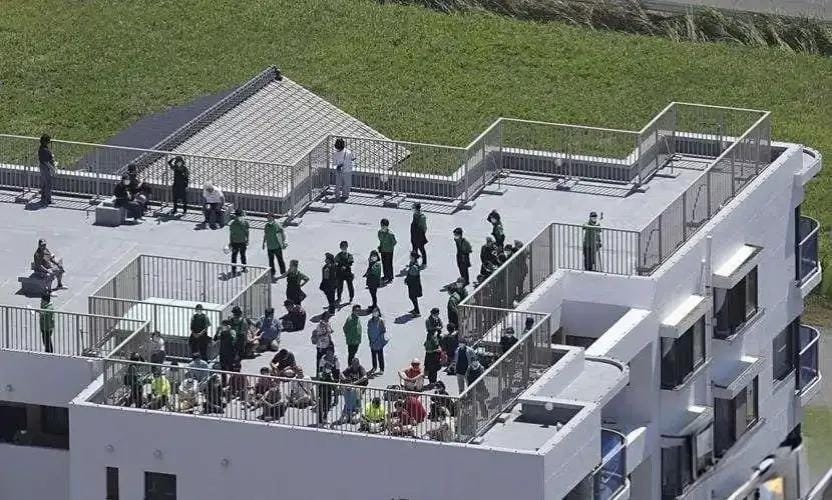Tsunami Hits Japan, People Flee to Rooftops — God Bless Japan
A powerful tsunami triggered by an earthquake near Russia hits Japan, forcing thousands to seek refuge on rooftops as rescue efforts intensify across affected coastal regions.

The Unexpected Arrival of the Tsunami 🌊
On July 30, a powerful earthquake struck near Russia's Kamchatka Peninsula, triggering a tsunami that quickly made its way to Japan’s shores. The first waves reached Nemuro City, Hokkaido around 10:17 AM, flooding coastal areas and forcing many locals into urgent evacuation. Imagine waking up and seeing your streets turn into rivers! That was the harsh reality for many — and not all had time to escape to safe high ground.
With wave heights varying across locations — from a modest 0.3 meters in Nemuro to a staggering 1.3 meters at Kuji Port in Iwate Prefecture — the tsunami's power was indisputable. Videos from drones showed the massive surge sweeping through towns and engulfing low-lying districts. It was a scene of nature’s raw force and human resilience intertwined.

Rooftop Refuge: When High Ground Means Your Roof 🏠
As waters surged in unexpectedly fast, many residents found themselves trapped, having to climb onto rooftops or nearby tall structures to avoid drowning. This desperate act highlighted both vulnerability and hope — hope that rescue teams would arrive in time. Crowded rooftops, anxious faces, and people waving for help painted a poignant picture.
Official agencies wasted no time — Japan Meteorological Agency blasted tsunami warnings spanning the Pacific coastal regions, from Hokkaido down to Kinki and the southern islands. Over 2 million people across nearly 230 districts were urged to evacuate promptly. The government’s swift response undoubtedly saved countless lives during this terrifying episode.

Disruptions and Aftermath 🌐
Beyond the immediate flood threat, the tsunami disrupted transportation and energy infrastructure. Sendai International Airport in Miyagi Prefecture was temporarily closed, and numerous railway services halted along the affected coastal areas. Fukushima's nuclear plant also paused hazardous water discharge operations as a precaution. The nationwide emergency services and local agencies coordinated rescue and damage assessment efforts around the clock.
The Japanese Prime Minister emphasized the importance of staying in safe zones until officially declared secure, reminding everyone the tsunami could persist in multiple waves. Patience and preparedness remain vital, especially when dealing with such merciless natural phenomena.
Lessons & Reflections ✨
This disaster serves as a stark reminder of nature’s might and the importance of disaster readiness. Japan’s well-established alert systems, community drills, and immediate evacuations minimized casualties — but the emotional toll and property damage are immense.
Amid the devastation, the courage of those climbing to safety and the tireless work of rescuers who risk everything to save others shines through. It’s a testament to human spirit and solidarity in the face of overwhelming odds.




